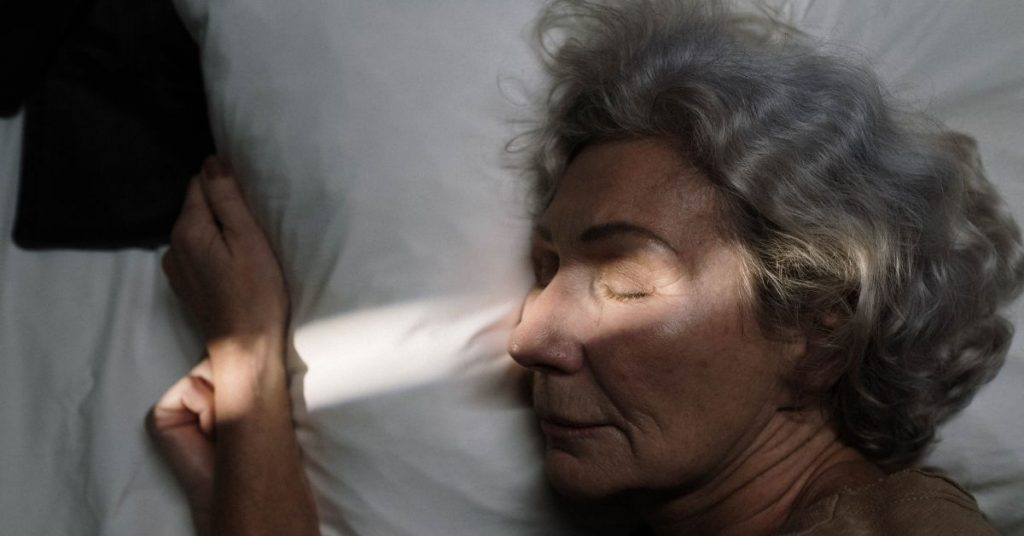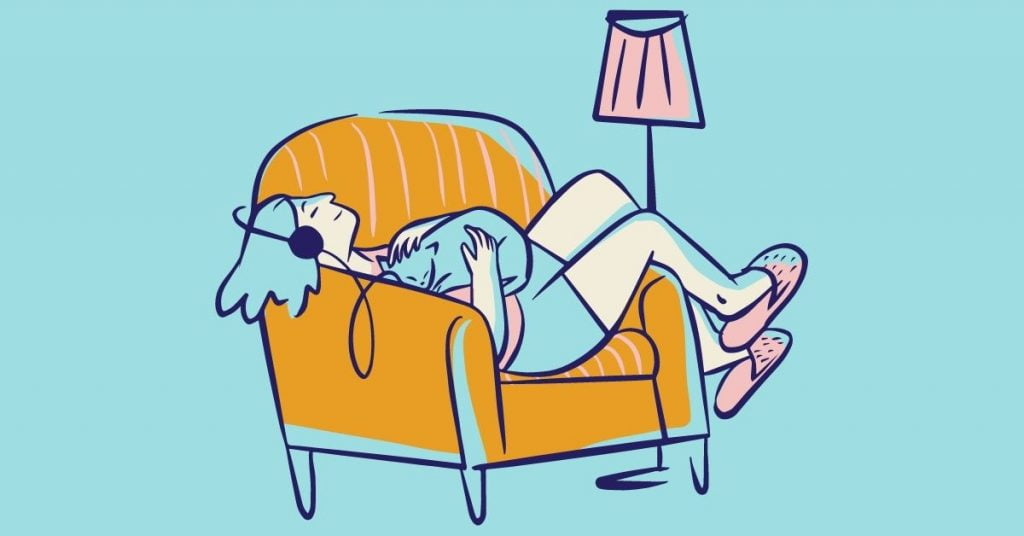
Narcolepsy is a chronic sleep disorder that affects approximately 1 in 2,000 people. The most common symptom of narcolepsy is falling asleep while performing usual daily tasks, but that is simply one sign of the condition. kiwiwell brought you the 5 most common signs of Narcolepsy.
1. Excessive Daytime Sleepiness

Narcolepsy is a debilitating disease that requires much more sleep than the average person. Narcoleptics will experience excessive daytime sleepiness to varying degrees for their entire life, which can cause problems with daily functioning, among other things.
2. Cataplexy

@pixabay
In addition to excessive daytime sleepiness, Narcoleptics also commonly experience cataplexy. Narcolepsy is a clinical term for a sleep disorder, but cataplexy itself can be considered as a symptom of Narcolepsy as well as the primary sign! Cataplexy is essentially an abrupt loss of muscle tone triggered by strong emotion, which can leave Narcoleptics frequently unable to maintain the strength in their muscles needed to perform basic everyday tasks. Narcoleptics may suffer from up to three cataplectic attacks per hour, with each attack lasting less than a minute or two on average.
3. Sleep Paralysis

Sleep paralysis is another common Narcolepsy symptom and one that is closely related to cataplexy. Narcoleptics will often wake up paralyzed from the waist down, unable to move their legs or speak. Narcolepsy patients can also suffer from sleep paralysis during REM cycles while sleeping. This symptom has been proven more common in Narcoleptics than those who suffer from other similar sleep disorders.
4. Hypnagogic Hallucinations

Narcoleptics will commonly experience vivid hallucinations when falling asleep or waking up, often triggered by a strong emotions such as laughter, sadness, and anger. they can also experience hypnagogic hallucinations while awake and transitioning into sleep, coinciding with REM cycles. People with this disease tend to play out these hallucinations in their dreams, which can be terrifying and very disturbing.
5. Disturbed Sleep Cycle

The sleep cycle may be disturbed in a variety of ways, and Narcoleptics will often wake up tired. Narcolepsy sufferers tend to go to bed much later than normal because they suffer from heightened levels of fatigue throughout the entire day, but because their bodies fight off sleep for such long periods at a time Narcoleptics must sleep in significantly larger increments than most people to feel rested. Narcoleptics are often very groggy when awake, and will tend to nod off within 10-20 minutes of falling asleep after an extended period of sleep.
Narcolepsy is an extremely debilitating sleep disorder, but fortunately, there are treatments that can help Narcoleptics lead normal lives. There are stimulant medications that Narcoleptics can take to help them overcome the excessive daytime sleepiness, but Narcoleptics must continue taking their medications throughout life due to Narcolepsy’s chronic nature. Scientists are constantly working on Narcolepsy treatments that seek to improve the quality of Narcoleptic patients’ lives!
